Nanoleaf today began accepting pre-orders for its Matter-enabled Essential lights, which are designed to work with HomeKit, Google Home, Amazon Alexa, and more through the Matter cross-platform smart home connectivity standard.
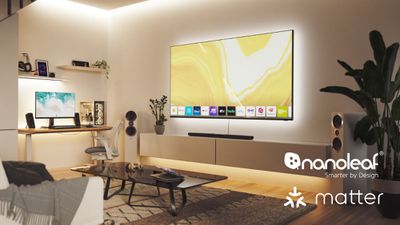
Matter-compatible Essential bulbs that include the A19 and BR30 are available, as is the Essential Lightstrip that works with Matter. Matter is a new smart home standard and is still rolling out, so these are some of the first lighting products that have native Matter support.
For HomeKit users, Matter works the same as HomeKit devices, but it connects through Matter instead of HomeKit. That doesn't mean much for someone who has an all-HomeKit setup, but for households with multiple smart home platforms or different smartphone brands, it means the Matter lights can be controlled from any device. Both Android and iPhone users can control a Matter-enabled Nanoleaf light from their respective devices, provided the proper hub setup is available.
The new Nanoleaf Essentials lights work with Matter over Thread for an improved connectivity experience with other Thread devices. Nanoleaf's bulbs and lightstrip can be set to any one of 16 million colors or can be used to provide different shades of white lighting.
Essentials lights with Matter support can be controlled from any smart home app, such as the Home app or the Nanoleaf app. The Nanoleaf app offers useful scene setups for working, evening ambiance, and more, and it provides an option to have the color temperature of the light shift throughout the day.
Matter-enabled Nanoleaf lights can be ordered from the Nanoleaf website, with prices ranging from $20 to $50. The A19 bulb and Lightstrip are available for preorder today, while the BR30 is coming in April. Later this year, Nanoleaf will provide a GU10 light and a Recessed Downlight.
Nanoleaf is also working on an over-the-air update to add Matter to its existing line of light panels and light bars.


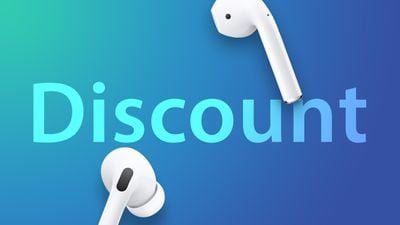 Note: MacRumors is an affiliate partner with Verizon. When you click a link and make a purchase, we may receive a small payment, which helps us keep the site running.
Note: MacRumors is an affiliate partner with Verizon. When you click a link and make a purchase, we may receive a small payment, which helps us keep the site running.
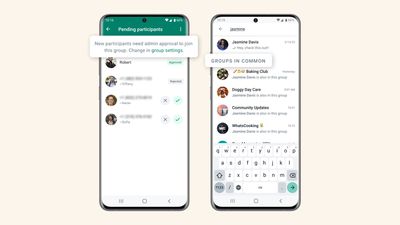
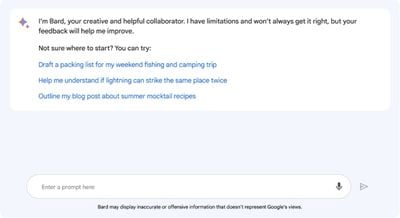
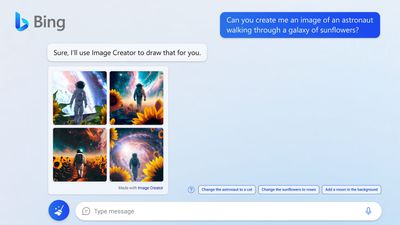
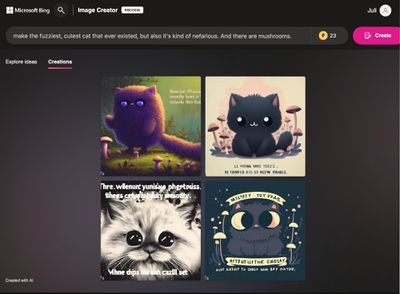
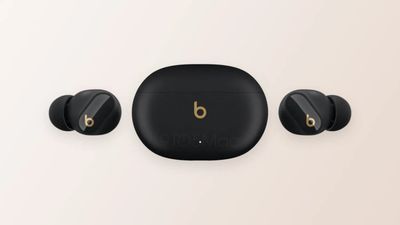
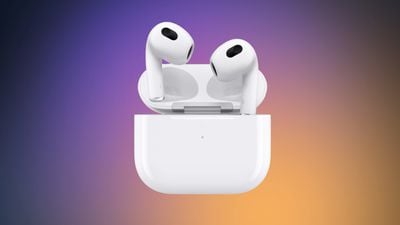
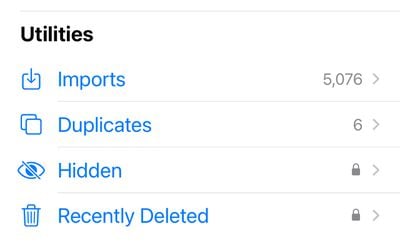
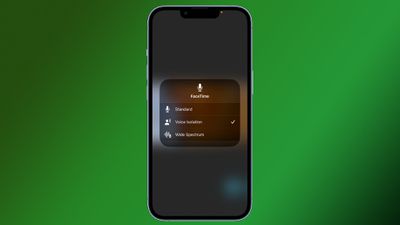
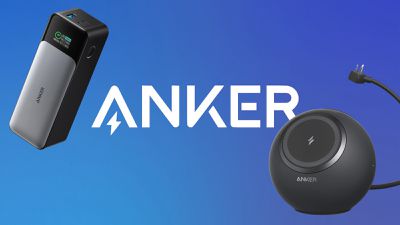 Note: MacRumors is an affiliate partner with Anker. When you click a link and make a purchase, we may receive a small payment, which helps us keep the site running.
Note: MacRumors is an affiliate partner with Anker. When you click a link and make a purchase, we may receive a small payment, which helps us keep the site running.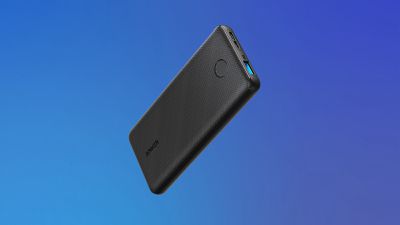
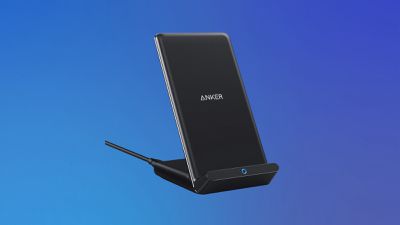
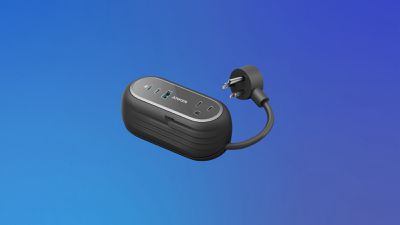
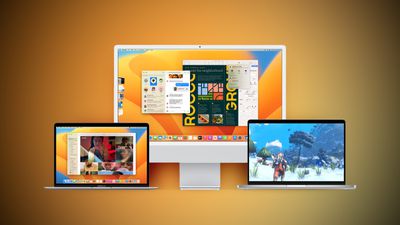
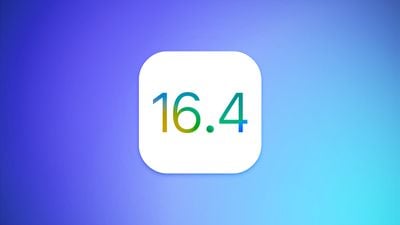
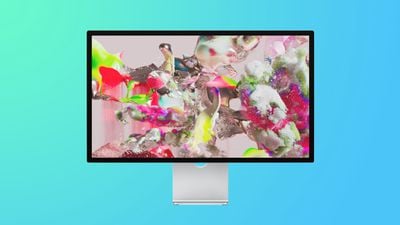
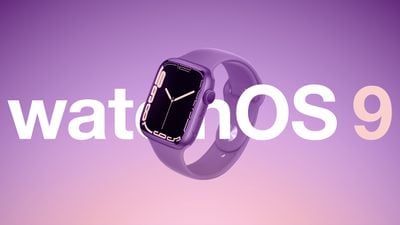
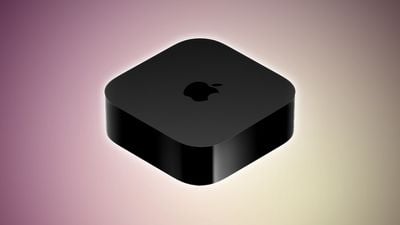

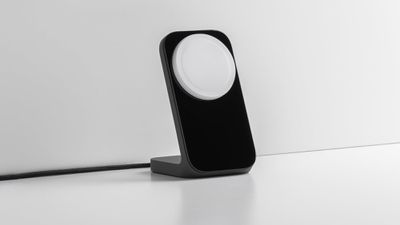
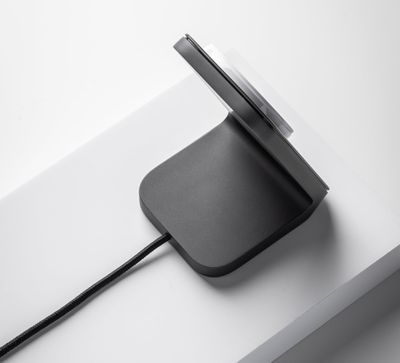
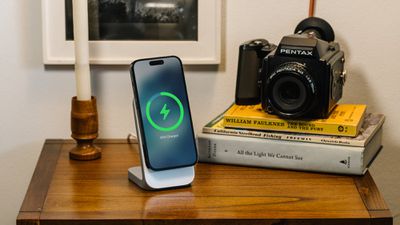
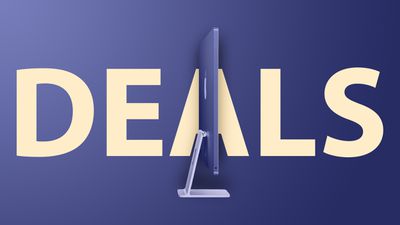 Note: MacRumors is an affiliate partner with Amazon. When you click a link and make a purchase, we may receive a small payment, which helps us keep the site running.
Note: MacRumors is an affiliate partner with Amazon. When you click a link and make a purchase, we may receive a small payment, which helps us keep the site running.











